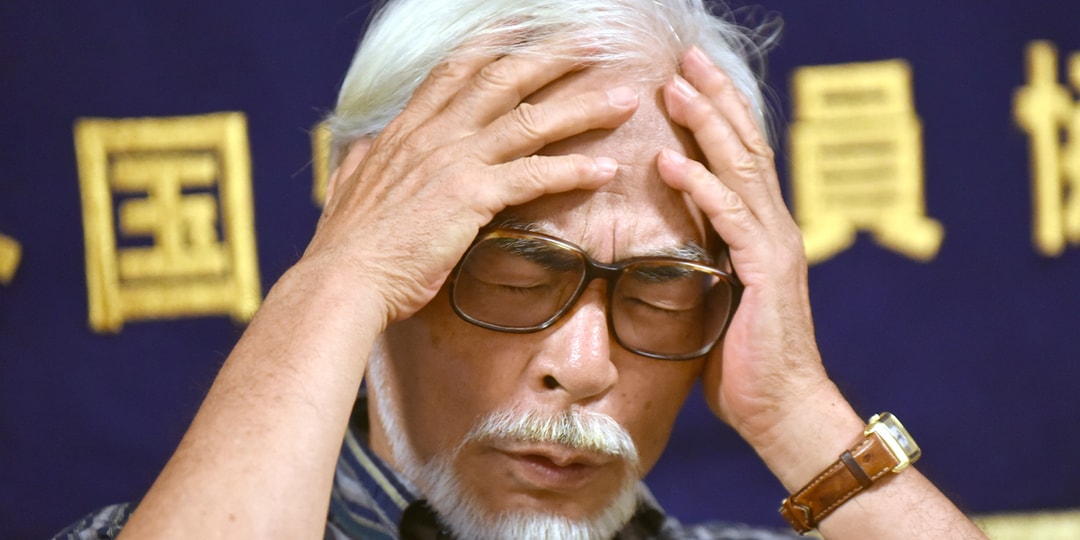The Fascinating World of Eki Stamps: A Unique Japanese Commemorative Tradition

This article was produced by National Geographic Traveller (UK).
In recent years, a delightful tradition has spread across Japan, enhancing the experience of train travel in a country renowned for its efficient rail system. Known as eki stamps, these unique commemorative seals can be found in approximately 9,000 train stations throughout the nation. The first eki stamp was introduced in 1931 at Fukui Station, located near the picturesque Sea of Japan. The inspiration for this creative idea came from stationmaster Kanichi Tominaga, who, after a casual discussion with colleagues, decided to commemorate the stations local landmarks with a special stamp. The first design featured an image of Eiheiji, a significant St Zen temple in the vicinity, which quickly became a local attraction.
As Japan's travel landscape evolved, especially during the vibrant 1970s, the popularity of eki stamps surged. This period coincided with the Osaka World Expo, which encouraged families across Japan to explore their own country through rail travel. As travelers traversed the Japan National Railways (JNR) networknow known as JR or Japan Railwaysthey were motivated to collect newly introduced Discover Japan eki stamps at major stations, turning travel into a memorable treasure hunt.
However, the story doesnt end there. By the 1980s, the boom in passenger numbers dwindled, and the JNR faced escalating financial challenges. In response, they launched a second wave of eki stamps as part of their My Journey campaign. This initiative highlighted regional attractions and encouraged travelers to seek out the charm of lesser-known destinations.
The tradition of collecting stamps in Japan has deep historical roots, tracing back as far as 800 years to Buddhist pilgrims who gathered stamps, known as nokyoin, in exchange for copied sutras offered at the temples they visited. In the 1930s, the practice evolved to include ink seals featuring handwritten calligraphy, referred to as goshuin. These stamps are often collected in a specially designed book called a goshuincho, preserving the memory of pilgrimages and the merit accrued during their journeys. Even today, goshuin are cherished by modern pilgrims and travelers, available for a small fee at designated booths within temples and shrines.
Eki stamps, typically rendered in auspicious vermillion ink, are an intrinsic part of local culture. Each stamp is exclusive to its station, frequently boasting circular designs where the station name circles the perimeter. These stamps often incorporate local landmarks, Japanese characters, and meibutsu (local specialties), infusing them with a distinctly Japanese essence. For instance, the eki stamp at Rygoku Station in Tokyo features a dynamic sumo wrestler, paying homage to the neighborhood's long-standing association with Japans national sport, which spans over 1,500 years. In contrast, the worlds busiest station, Shinjuku, attracts nearly three million commuters daily and showcases a stamp that creatively combines images of its towering skyscrapers with a whimsical illustration of Naito togarashi, a local heirloom chili pepper from the Edo period of Tokyo.
Traveling by train is undoubtedly the best way to experience Japan, and collecting eki stamps is an activity that everyone can enjoy, says Archie Peters, a passionate collector and travel consultant at InsideJapan Tours. I began my journey of collecting eki stamps using a simple washi notebook, and it has blossomed from there. Part of the joy lies in discovering the stamps within the stations, and they make for wonderful keepsakes to reminisce about later.
How to Collect Eki Stamps
Collecting eki stamps is a simple and enjoyable process, as the stamps are free of charge. All one needs is a piece of paper or a notebook, with Japan offering a plethora of exquisite stationery options. Some railway stations even provide paper or attractive stamp cards, while dedicated eki stamp notebooks can be purchased in select station shops. When you find the stamp and ink pad, you can make an impression onto your book. Stampers are usually marked to indicate the correct orientation; however, its wise to make a test impression first as many stamps are traditional wooden handles that may produce faint prints. For precision, you might consider bringing your own ink pad, but ensure the ink color is compatible. Its also advisable to note the stamps location and the date of the visit for future reference. Noteworthy exhibitions featuring replicas of historical station stamps can be found at the Railway Museum in Saitama, and the Tokyo Metro Museum showcases nine original stamps, one for each subway line.
Typically, eki stamps can be discovered outside the main ticket gate of each station. In Tokyo alone, JR East boasts an impressive collection of 78 station stamps, with additional stamps located in private railway stations and on the Tokyo Metro network. For travelers navigating through Tokyos major hubs like Shinjuku, Shibuya, Ikebukuro, and Tokyo stations, its advisable to inquire about the location of the stamps or do some research online prior to visiting. If you encounter difficulty locating a stamp, simply ask, Eki sutampu wa arimasuka? which translates to Is there a station stamp?
What Are Stamp Rallies?
Japanese railway companies frequently organize limited-time stamp rallies where participants can collect special stamps in dedicated booklets or cards at specified stations. These events often feature nostalgic designs, and rewards are usually given upon completion of the stamp rally. For example, JR Central recently hosted a rally in celebration of the 60th anniversary of the Tokaido Shinkansen, while JR Easts annual Pokmon stamp rally is particularly popular among both locals and tourists.
Which Stamps Are Most Coveted?
While every eki stamp possesses unique charm, some designs stand out for their artistic appeal. Notable examples include the Gion-Shijo station stamp in Kyoto, adorned with a beautiful depiction of a geisha, and the Miyajimaguchi station stamp in Hiroshima, which portrays the iconic floating torii gate of Itsukushima Shrine, a top tourist destination. Hiroshimas stamp from 2008 features the A-Bomb Dome and cenotaph in the Peace Memorial Park, symbolizing peace with doves soaring overhead. The stamp at Kuki Station in Saitama takes the shape of a charming chochin lantern, while Kamakuras stamp showcases its famous Great Buddha, which dates back to the 13th century. A diverse array of stamps also features the legendary shinkansen (bullet train), including Akitas stamp that pairs the train with its namesake, Komachi rice. As the birthplace of Japan's railways, Shinbashis stamp pays tribute to its heritage with imagery of the former station building alongside a steam locomotive in SL Square. Notably, the stamp at Nobeyama on the Koumi Line in Nagano is found at the highest-altitude station on JR Group's network, reaching an impressive 4,413 feet above sea level.
What About Digital Stamps?
In the modern digital age, the trend of collecting stamps has also transitioned into the digital realm. An initiative led by JR East, the EKITAG app (currently only available in Japanese) allows users to collect digital stamps by scanning EKITAG touchpoints (NFC tags) with their smartphones. Users can maintain a digital collection in a virtual book and overlay stamps onto their photos, creating a modern twist on this beloved tradition. The EKITAG system is available at 1,235 stations across Japan, including unmanned stations, making it convenient for travelers to collect stamps digitally.
For those interested in exploring more about this unique aspect of Japanese travel culture, consider subscribing to National Geographic Traveller (UK) magazine, available in select countries.




























